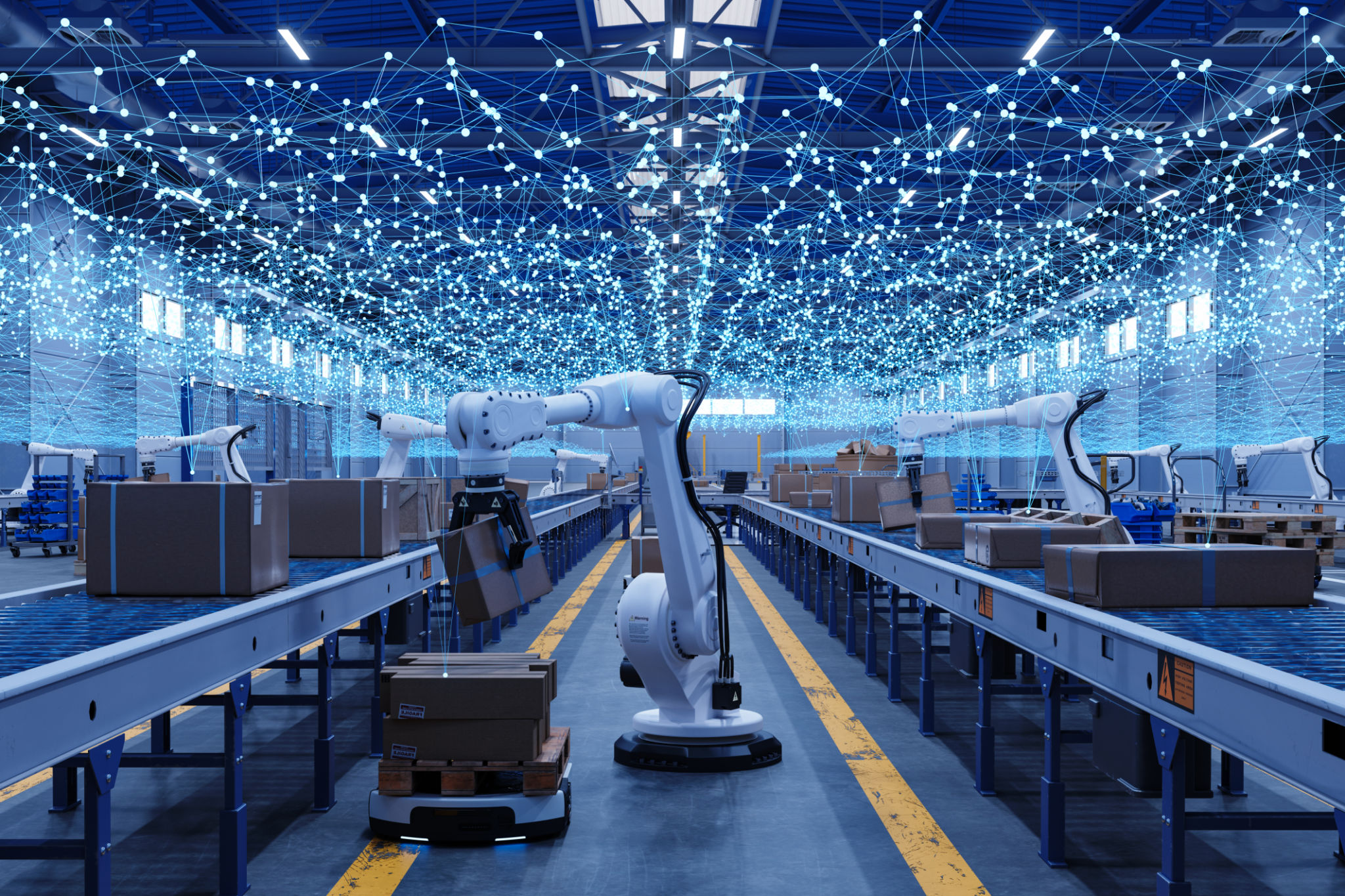Innovation in Heavy Machinery: The Latest Technology Trends
Introduction to Innovation in Heavy Machinery
The world of heavy machinery is undergoing a remarkable transformation. With the advent of cutting-edge technologies, the industry is poised to become more efficient, sustainable, and intelligent. As these innovations continue to evolve, businesses are finding new ways to improve productivity and reduce environmental impact.
From autonomous vehicles to advanced data analytics, the latest technology trends are reshaping the heavy machinery landscape. These advancements promise not only to enhance operational efficiency but also to set new standards for safety and sustainability.

Autonomous Vehicles and Equipment
One of the most exciting trends in heavy machinery is the development of autonomous vehicles and equipment. These machines can perform tasks without human intervention, significantly reducing labor costs and minimizing human error. Companies are investing in automated excavators, bulldozers, and loaders to streamline operations.
Autonomous machinery is equipped with advanced sensors and GPS technology, allowing for precise navigation and operation. This innovation not only boosts productivity but also enhances safety by removing human workers from dangerous environments.
Integration with IoT
The Internet of Things (IoT) is playing a crucial role in the evolution of heavy machinery. By integrating IoT devices, machines can communicate with each other and with operators in real-time. This connectivity enables better monitoring, maintenance, and control of equipment.
With IoT, companies can track performance metrics, anticipate maintenance needs, and optimize machine usage. This leads to reduced downtime and increased operational efficiency.

Advanced Data Analytics
Data analytics is transforming the way heavy machinery operates. By collecting and analyzing data from various sources, companies can gain valuable insights into machine performance and operational trends. This information is crucial for making informed decisions and improving overall efficiency.
Predictive maintenance is one of the key applications of data analytics. By analyzing data patterns, companies can predict when a machine is likely to fail and schedule maintenance proactively. This reduces unexpected breakdowns and extends the lifespan of equipment.
Sustainable Technologies
As environmental concerns grow, the heavy machinery industry is focusing on sustainability. Innovations in this area include the development of electric and hybrid machinery, which reduce emissions and fuel consumption. These eco-friendly machines are becoming increasingly popular as companies strive to meet regulatory requirements and reduce their carbon footprint.

3D Printing and Customization
3D printing is revolutionizing the manufacturing of heavy machinery components. This technology allows for the creation of complex parts with reduced lead times and costs. Companies can quickly produce customized components, leading to more flexible and efficient operations.
The ability to produce parts on-demand also reduces the need for large inventories, further cutting costs and wastage. As 3D printing technology advances, it is expected to play an even larger role in the industry.
Conclusion
The heavy machinery industry is on the brink of a technological revolution. With advancements in automation, IoT, data analytics, and sustainability, the future looks promising. These innovations are not only enhancing productivity and safety but also paving the way for a more sustainable and efficient industry.
As companies continue to invest in these technologies, the benefits will multiply, leading to a new era of innovation in heavy machinery. Embracing these trends will be key to staying competitive in a rapidly evolving landscape.